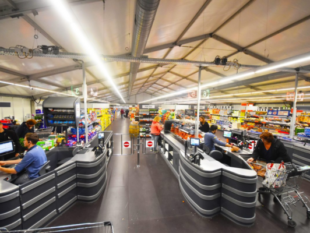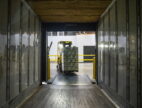3 Ways Technology is Evolving Warehouse Management
by Ankita Tripathy Business Intelligence Published on: 27 October 2021 Last Updated on: 08 January 2025
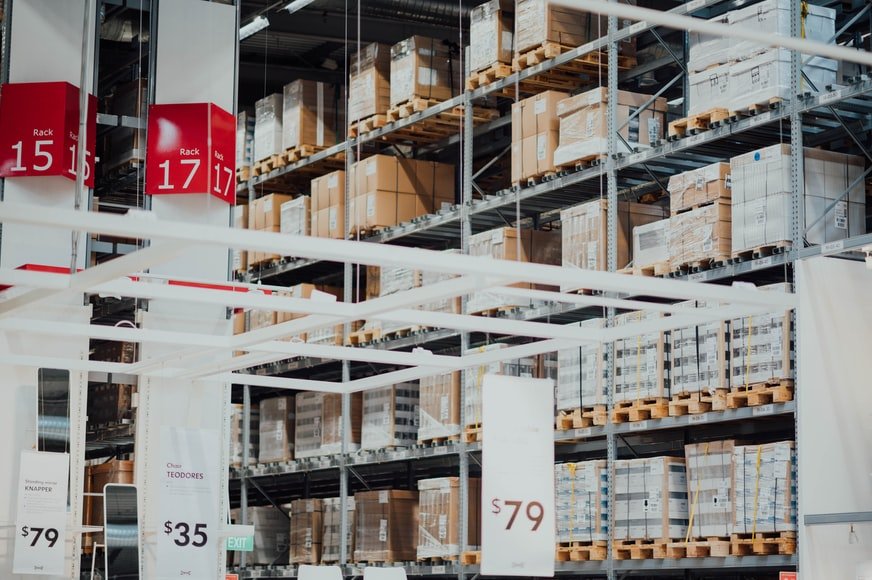
With technology transforming the world quickly, it impacts everything from how people communicate to how they operate a business. And, technology is evolving warehouse management with more agile operations.
That way, it enables the warehouses to provide error-free and rapid orders. When warehouse management runs inefficiently, the company is forced to increase its workforce to manage high service levels. However, adding employees might affect profit margins and the chances of human error increase.
To cope with the situation, warehouses use technology to automate tasks without errors. Here are 3 ways in which technology is improving warehouse management.
Automated Repetitive Tasks Improve Warehouse Agility
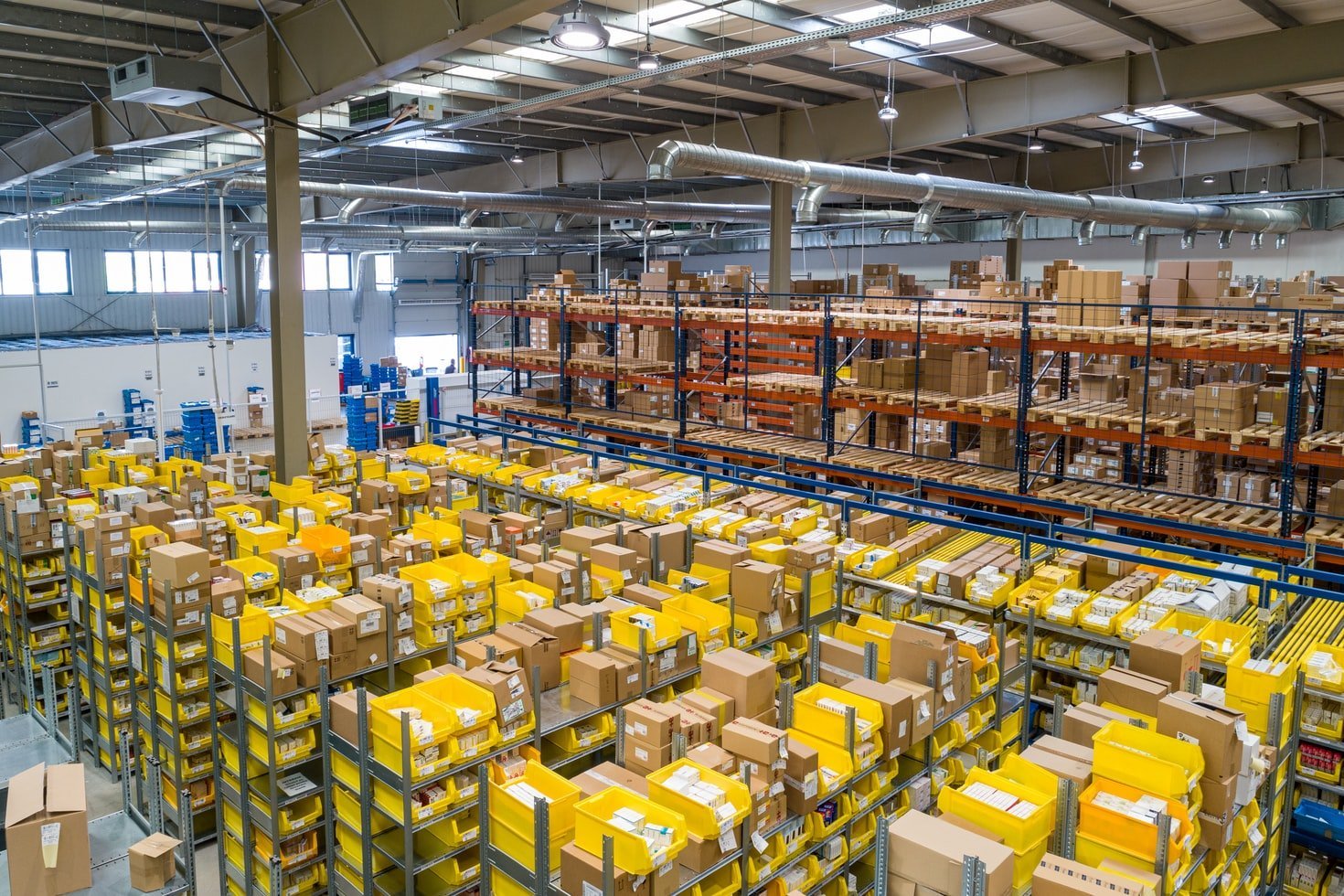
Different types of issues relating to inventory and supply chain in warehouses occur often because of human error. Apart from losing profit margins, these issues can make the customers lose trust in the company. Also, the brand reputation of the company suffers a lot.
Because of automation, companies can prevent and reduce human errors and other issues associated with warehouse management. To help companies with error-free operations, NetSuite implementation partners deliver ultimate solutions for the smooth running of warehouses. The recurring problems are addressed adequately and it improves warehouse agility.
Only the best automated software solution has the latest technologies that help companies to analyze the present scenario of the warehouses. The data accumulated during the process helps to forecast certain things like demand predictions. As a result, companies can take control of their expenditures in the right way.
Therefore, the best automation solution like NetSuite implementation partner helps businesses with an agile and modern warehouse. Also, they help warehouses to avoid burning issues such as understocking and overstocking.
Moreover, modern warehouses use collaborative mobile robots that can replace humans for several tasks. Automation technologies and the deployment of robots in warehouses improve accuracy throughout the order process and help to complete tasks without issues.
Role of Artificial Intelligence
Technologies such as machine learning and artificial intelligence help warehouse operations become more efficient by providing data-driven analytics and accurate processes. For example, automated vehicles in warehouses optimize the entire workflow process. With the help of technology, these machines complete their task quickly by picking up the right routes.
Because of these machines, unnecessary walking is reduced and productivity is maximised. Automated vehicles and mobile robots can make decisions and implement the same in less time compared to humans. As such, warehouse associates can multitask and managers can analyze the statistics in real-time.
Artificial intelligence improves agility, reduces congestion, and makes the overall job free from worries. Moreover, technologies ensure that the operations can be tweaked to suit the prevailing conditions of the warehouse. For example, renting extra units when the demand increases.
Implementing safety measures is another important aspect of warehouse management that is addressed properly by technologies such as artificial intelligence and machine learning. While the machines carry new technologies, sensors help prevent different types of accidents.
Collaboratively, these technologies make the workplace safe for the employees. So, these technologies help a company avoid unfortunate events and increase safety measures in warehouses. Apart from that, it helps the company to save capital costs.
With Technologies, Better Accuracy is Derived
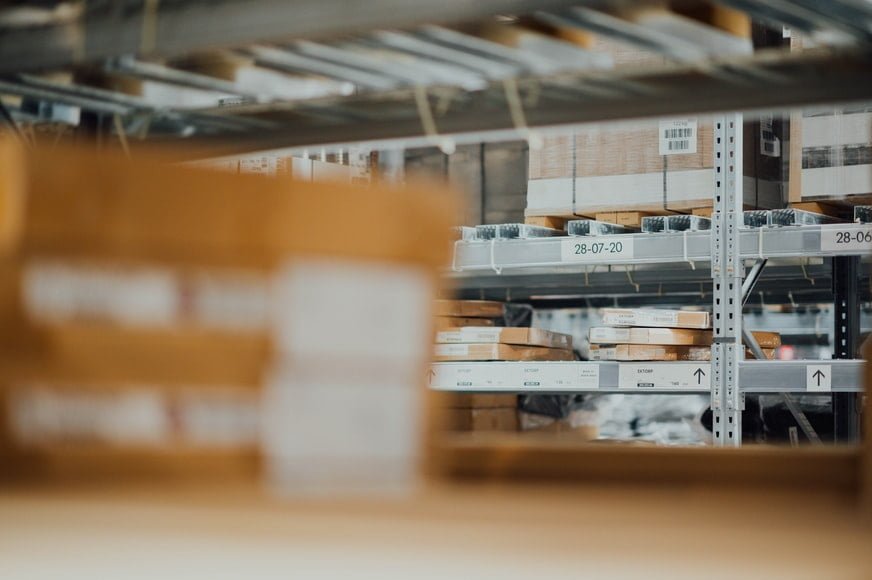
As said, technologies have improved warehouse operations to a great extent. And, intuitive technologies such as artificial intelligence, the Internet of Things (IoT), barcode scanners, sensors, and other equipment have automated the whole working process in warehouses.
As a result, the tasks are completed in due time without any kind of errors. With the implementation of new technologies, for example, employees do not have to count each item manually or document them according to various categories.
Modern warehouses have automated systems for inventory counts. Also, the automation helped warehouse managers collect data-driven analytics so that they could evaluate certain things beforehand.
With technologies like Radio Frequency Identification (RFID), warehouse associates can collect data automatically and make improvements. For example, an RFID tag helps to know the current status of the inventory and transmit data automatically. Moreover, barcode scanners are helpful for proper documentation of the inventory.
3 Technology Trends in Warehouse Management
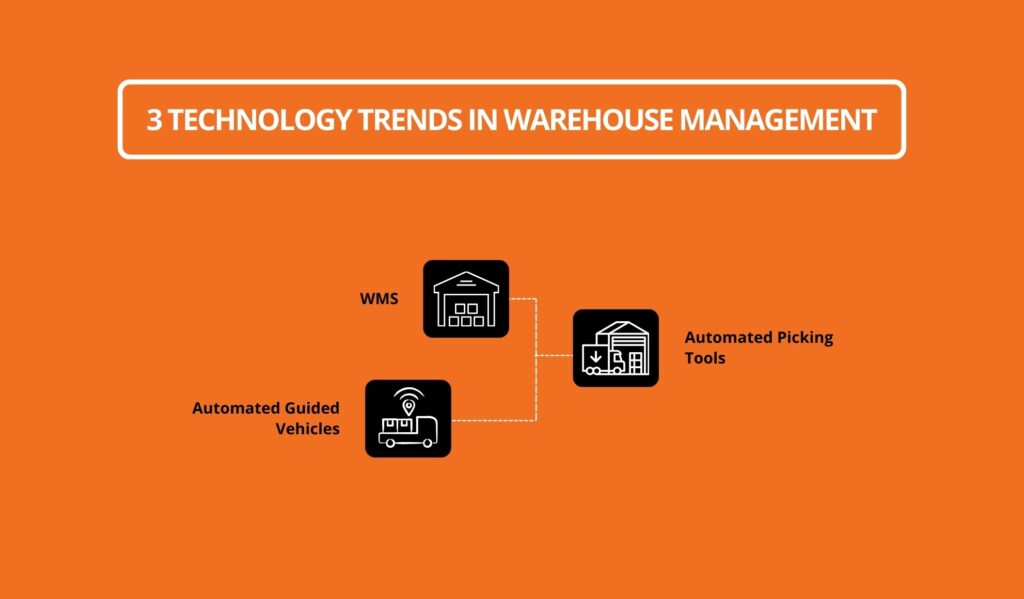
While the three aspects discussed above are changing and transforming the warehouse management process, there is specific tech equipment helping with it at the forefront. Here are some of the most important technologies a business can consider to improve its warehouse management process –
WMS
The first tech that helps is an automated Warehouse Management System. It integrates all of your data into one accessible platform. This gives a select number of people a well-rounded visibility into your business process. From reporting to checking real-time inventory statistics and planning capabilities, everything becomes easier.
Here are several benefits of having a WMS –
- Real-time inventory data keeps you informed to stay aligned with demand and supply.
- Reduced labour cost for better labour allocation.
- Optimized warehouse process.
- Decreased time between picks
- Improved inventory accuracy
- Improved pick accuracy
These are just the start of all the benefits a business might enjoy after implementing a good WMS technology.
Automated Picking Tools
Your warehouse will benefit immensely from near-perfect picking rates, all thanks to automated picking elements added to your warehouse. You can use a variety of tools in this grouping to make the picking process a lot easier. If you let your WMS handle the heavy task, it’ll be easier to identify the storage media or pick Patsh for stock.
Automated Guided Vehicles
Whether it’s for ramping up the storage or loading, going through the retrieval process, and stocktake, an automated guided vehicle is the best help. When your warehouse has vehicles like forklifts and pallet carts, it already becomes easier to keep the entire warehouse clean and well-managed.
Conclusion
Not only do the benefits of technology help warehouses to become productive and more agile, but also they provide a competitive edge to the company over its competitors in the market. Their use provides faster operations and reduces damage. As such, it improves customer satisfaction and the reputation of the company.
These tools and technologies are very important and helpful to manufacturers, importers and exporters, customs, and the like. All three technology trends described here are helpful and will transform the business even further in the coming future. Would you like to incorporate these tech solutions in your warehouse? Let us know through the comment below.
Read Also:































































